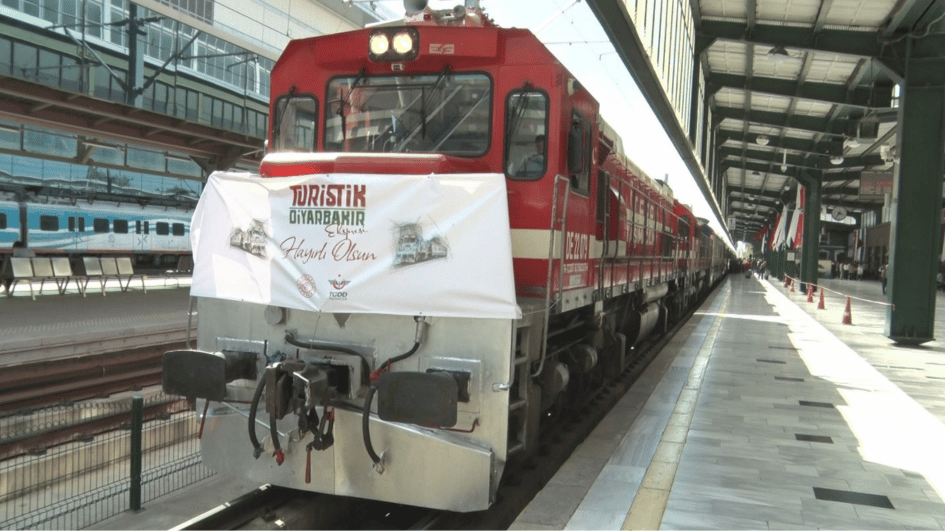From the ‘Children of recession’ to the ‘Children of Sur’
The Sur district of Diyarbakır province continues to be kept under military curfew.
Security forces are trying to remove barricades, which are often “manned” by mere teenagers, from the streets. As important as it is to resolve the security problem, our questions cannot stop there.
I was recently reading UNICEF’s “Children of Recession” report when my train of thought drifted to the “Children of Sur.” As a Turkish saying puts it, “The tongue can’t stop touching the aching tooth.” Let me elaborate a little.
The UNICEF report was published in late 2014. It focuses on the impact of the 2008 global economic crisis on child well-being in 41 countries, mostly developed ones. Its main finding is that child poverty - that is the percentage of children living in households below the poverty line - has increased due to the global crisis. In 2008, only a handful of countries had child poverty rates at or above 30 percent.
Only five, to be exact. This number increased to 11 with the global crisis. Turkey had the second highest child poverty rate in 2008. In 2012, Turkey had the 9th highest child poverty rate among the 41 selected for analysis.
That is an abysmal performance. Turkey’s drop in the charts was not due to a significant decline in the child poverty rate in Turkey, but rather due to the significant surge in child poverty in other countries. Child poverty has increased considerably in Spain, Iceland and Greece - the countries hit hardest by the great recession. Hence the title of the report: The “children of recession” have become significantly poorer.
How is all this related to Diyarbakır’s Sur district? Well, it’s important to understand that there are two Turkeys. Figures from the Turkish Statistics Institute (TÜİK) note that child poverty intensifies with regional inequality and its resulting social problems.
Child poverty is much more prevalent in eastern Turkey than it is in the west of the country. There are two key reasons for this. First, income levels are relatively low in the east. Second, the average number of children per household is significantly higher in the east.
Child poverty ratios are markedly lower in the eastern Marmara and Aegean regions, and certainly in Istanbul. Those are the parts of Turkey that are already integrated with the EU.
An Economic Policy Research Foundation of Turkey (TEPAV) study makes the issue crystal clear. In the Sur district of Diyarbakır, some 60 percent of households are composed of more than six members. Again in Sur, some 58.4 percent of household leaders have no formal employment, and struggle to put food to the table. So, as you go to the east, household sizes increase and incomes decline. That is a storyline for child poverty in Turkey.
If you ask me, this is another way of thinking about the barricades in Sur.











